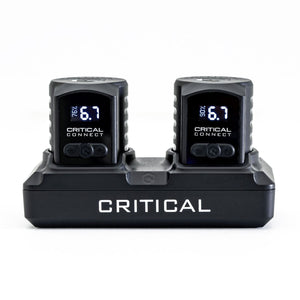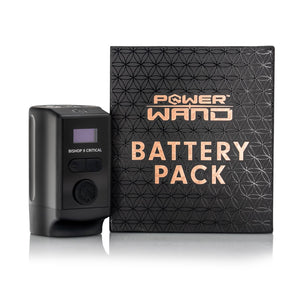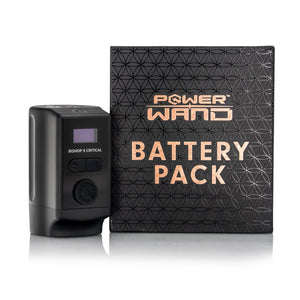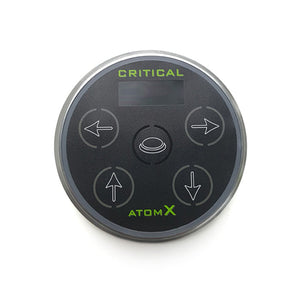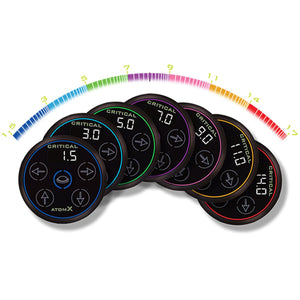What Voltage Should You Tattoo With? A Comprehensive Guide for Tattoo Artists
Tattooing is an art that requires precision, skill, and the right equipment. One crucial aspect often overlooked by aspiring tattoo artists is understanding the voltage required for tattooing. This guide aims to shed light on what voltage you should use for tattooing, how it affects your work, the recommended voltage range, factors to consider when selecting a voltage, and safety considerations for your client.
What is Tattoo Voltage?
Tattoo voltage refers to the electrical current used to power your tattoo machine. This current is crucial as it directly impacts the machine’s needle movement and overall performance during the tattooing process. The right voltage ensures that the machine operates efficiently, providing the artist with the necessary control to create detailed and precise tattoo designs.

How Does Voltage Affect Tattooing?
The voltage setting on your tattoo machine determines the speed and force of the needle. A higher voltage causes the needle to move faster and hit the skin with more force, while a lower voltage results in slower needle movement and less force. Selecting the correct voltage is vital for various aspects of tattooing, including shading, lining, and color packing, affecting the quality of the finished tattoo and the healing process.
Voltage Range Chart
Here is a basic voltage range chart to guide you:
- Lining: 7.5 - 9V
- Shading: 6 - 8V
- Color Packing: 7 - 9V
Please note that these are general guidelines. The ideal voltage may vary depending on the machine type, needle setup, and personal technique.

Factors to Consider When Selecting a Voltage
- Machine Type: Rotary and coil machines have different power requirements. Generally, rotary machines can operate at lower voltages compared to coil machines.
- Pen Machines: Pen-style tattoo machines are designed to mimic the feel and handling of an actual pen, offering an intuitive grip and movement for artists. They operate using a rotary mechanism but are engineered for even more precise control and quieter operation. The streamlined design allows for easy handling and maneuverability, making it suitable for detailed work and longer tattoo sessions. Pen machines often require a specific voltage range that balances speed and precision without causing excessive trauma to the skin. Typically, they perform best within a slightly lower voltage range than traditional rotary machines, due to their efficient design and direct needle drive system.
- Needle Configuration: Larger needle groupings or thicker needles require more power (higher voltage) to move effectively through the skin.
- Technique & Style: Your tattooing style and techniques will influence the optimal voltage. More intricate work may require lower voltages for precision, while bold linework might benefit from higher settings.
- Type of Work: Lining, shading, and coloring have distinct voltage needs. Refer to the Voltage Range Chart for a starting point and adjust based on the specifics of your work.

Safety Consideration for Your Client
Ensuring the safety and comfort of your client is paramount. Incorrect voltage settings can lead to excessive trauma to the skin, resulting in poor healing and dissatisfaction with the tattoo. Here are safety considerations to keep in mind:
- Skin Type: Consider the client's skin type and adjust the voltage accordingly. Sensitive or thinner skin may necessitate lower voltage to prevent damage.
- Pain Management: Higher voltages can result in more discomfort for the client. Always strive for a balance between efficient tattooing and client comfort.
- Healing: Properly healed tattoos look better and last longer. Using the correct voltage minimizes skin trauma, promoting better healing.
In conclusion, understanding and choosing the right voltage for tattooing is crucial for any tattoo artist. It affects the quality of your work and ensures your clients' safety and satisfaction. Remember, practice and experience will be your best guides in determining the optimal voltage settings for various tattooing scenarios.


















